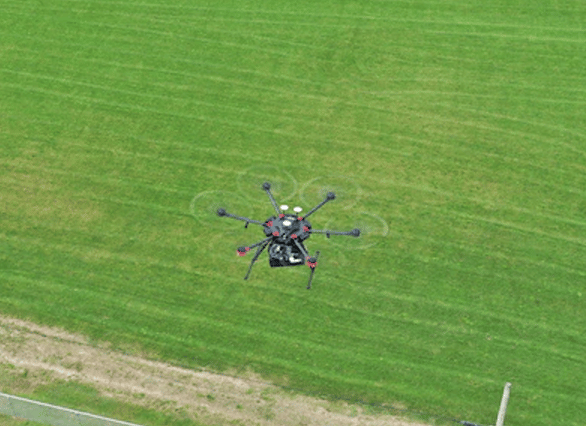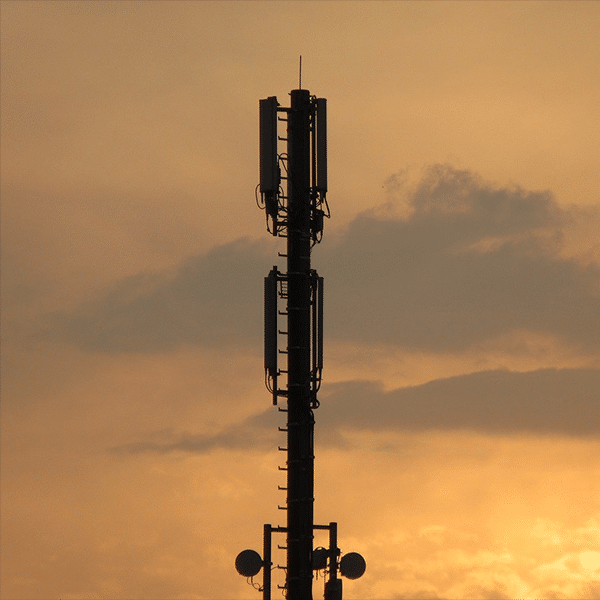UScellular and Ericsson are testing 5G and drone technology “at altitude” to determine how the connectivity that the drone experiences differs from connectivity on the ground.
The initial trials involved a visual line of sight operations. A drone outfitted with a 5G smartphone and RF measurement equipment flew between two commercial cell towers in Beloit, WI. The gear measured signal strength and quality, upload and download speeds and latency at different altitudes. Low and high band spectrum was measured.
According to Ericsson, the testing could lead to use cases in many industries.
One early use case for 5G outfitted drones is examining structures. These can be telecommunications towers, barns, silos, water towers or other structures. According to a press release, this type of inspection can be done without connectivity. Adding it, though, enables the inspections to go beyond a pilot’s line of sight view and data can be live streamed over the network, enabling more efficient and useful inspections.
“Testing our wireless connections at altitude can set the stage for future connectivity of drones in the air, providing command and control capability along with enabling real-time image and data sharing to be easier, faster and safer,” Narothum Saxena, UScellular’s vice president of technology strategy and architecture, said in the press release. “We believe that our network can help drones fly in an optimal way if they have connectivity, and with Ericsson’s support, we will continue to drive innovation that can help enhance our customers’ wireless experience.”
UScellular’s interest in drones goes back at least two years. In November 2020 CEO Laurent Therivel said during an earnings call that the company was working with drone companies “to understand what the needs and the use cases are going to be there.” The comments were as he was updating investors and analysts on the company’s 5G plans.
Drones seem to be a fruitful avenue for carriers developing their 5G use cases. Drones can go places that humans can’t – or don’t particularly want to, such as to disaster areas.



